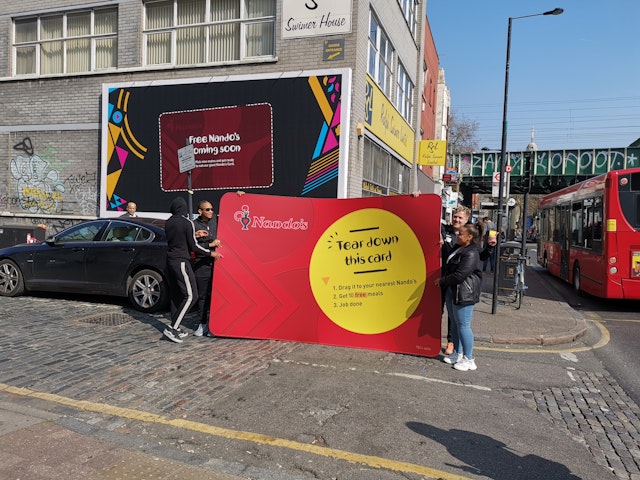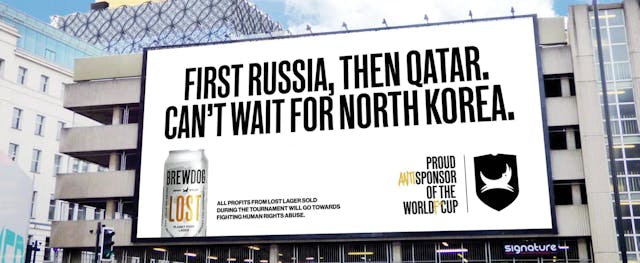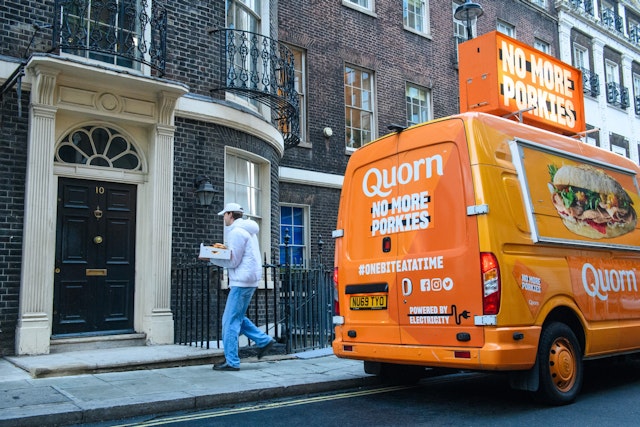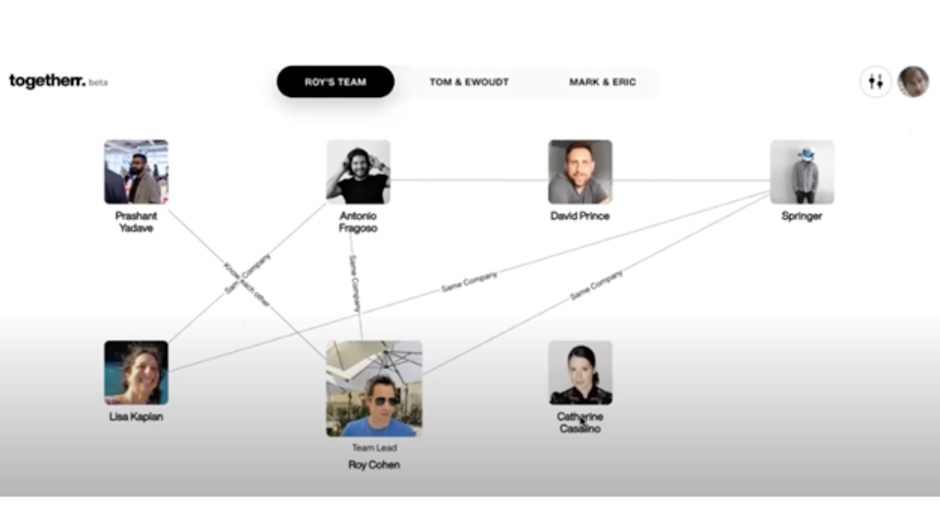Ever shared an article on social media after reading only its headline? Jamie Bailey of Ledger Bennett explains that slowing down can be key to making meaningful content.
“Polar bears face starvation threat as ice melts.”
What’s the point of a headline? To give the newspaper reader a clear picture of an event.
That’s a good newspaper headline because the message has been shared concisely and clearly. You don’t really need to know anything else. You can infer that the melting ice results in a lack of food for polar bears. It doesn’t take much work.
But there’s a big difference between newspapers reporting a factual story and the kind of thing we tend to see in the marketing articles all over our LinkedIn feeds. Polar bears starving is one thing, a deep dive into the transformative power of AI-driven omnichannel marketing is quite another.
Unfortunately, we’re all guilty of reading a headline and assuming we know what the rest of the content will say – and that affects how we read it, if we read it at all. And we’re just as guilty of forming opinions based on those initial assumptions.
It’s the same with B2B content. We see a snappy headline like: “AI-driven omnichannel marketing is the future of B2B marketing“ and share it on social media, without really knowing what the content is about.
Before you know it, there’s a ripple of: “AI-driven omnichannel marketing is the future of B2B marketing“ posts on social media from people who couldn’t tell you the first thing about omnichannel marketing – or all the other considerations and caveats that come with it.
And that’s a dumb thing for us to do.
Think slowly to avoid wrong conclusions
Many compelling stories are just waiting to be heard. But to be able to dive into world-changing arguments, we first need to get past the clickbait world of headlines.
Because some ideas need several paragraphs, not 70 characters.
So why do we often pay more attention to compelling headlines than the content that comes after?
Thankfully, it’s not our fault for thinking this way.
In Thinking, Fast and Slow, Daniel Kahneman outlines two systems of thought. System one (thinking fast) is responsible for our intuitive knowledge and the split-second decision-making we don’t even notice taking place. System two (thinking slow) is responsible for deeper, more deliberate, more active thought and decision-making.
But system two is notoriously lazy. If it can leave the heavy lifting to system one, it will.
The problem with system one? Its ability to map stored knowledge onto new events leads to a tendency to jump to conclusions. And they aren’t always right.
Deciding “ice melts“ means less food sources for polar bears – and less food for polar bears means a heightened risk of starvation – is an example of our system one jumping to a correct conclusion.
But deciding: “AI-driven omnichannel marketing is the future of B2B marketing“ means that all you need to succeed in 2024 is some more AI-driven omnichannel marketing – whatever that means – and you can ditch everything else?
That’s clearly a bit dumb.
And yet, that’s what you might end up thinking if you scour LinkedIn posts re-sharing the article.
It’s not all bad news
The good news is – it isn’t all bad. I’m not lamenting every single marketer in existence. Consider this more of a rallying cry to engage your system two brain a bit more and take the time to properly think about what the experts in our industry are really trying to tell us.
Think deeper. Think slower. Stop taking things at face value.
It won’t end world hunger.
But it might end a LinkedIn feed full of know-nothings.
Feature Image Credit: Ian Maina via Unsplash














